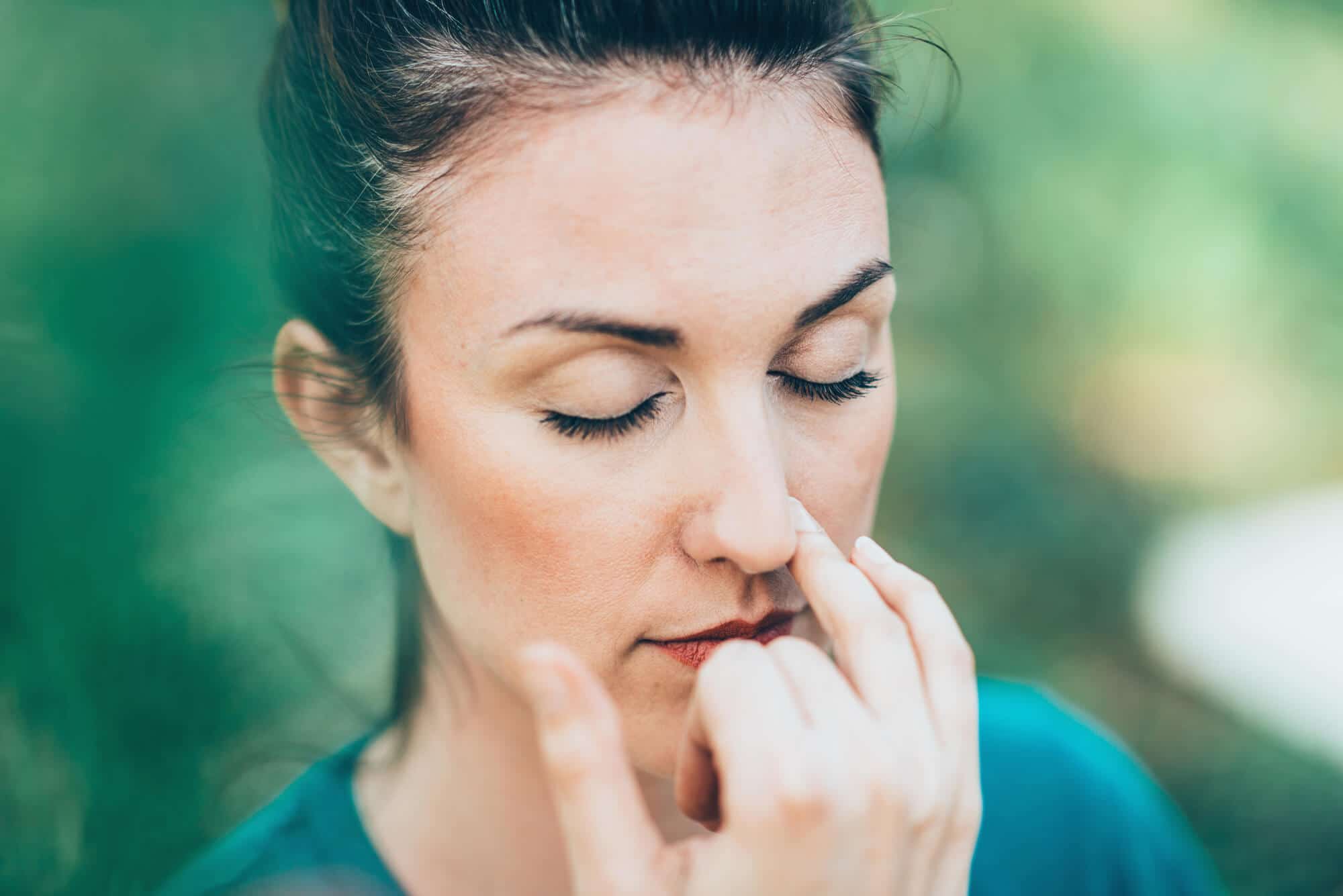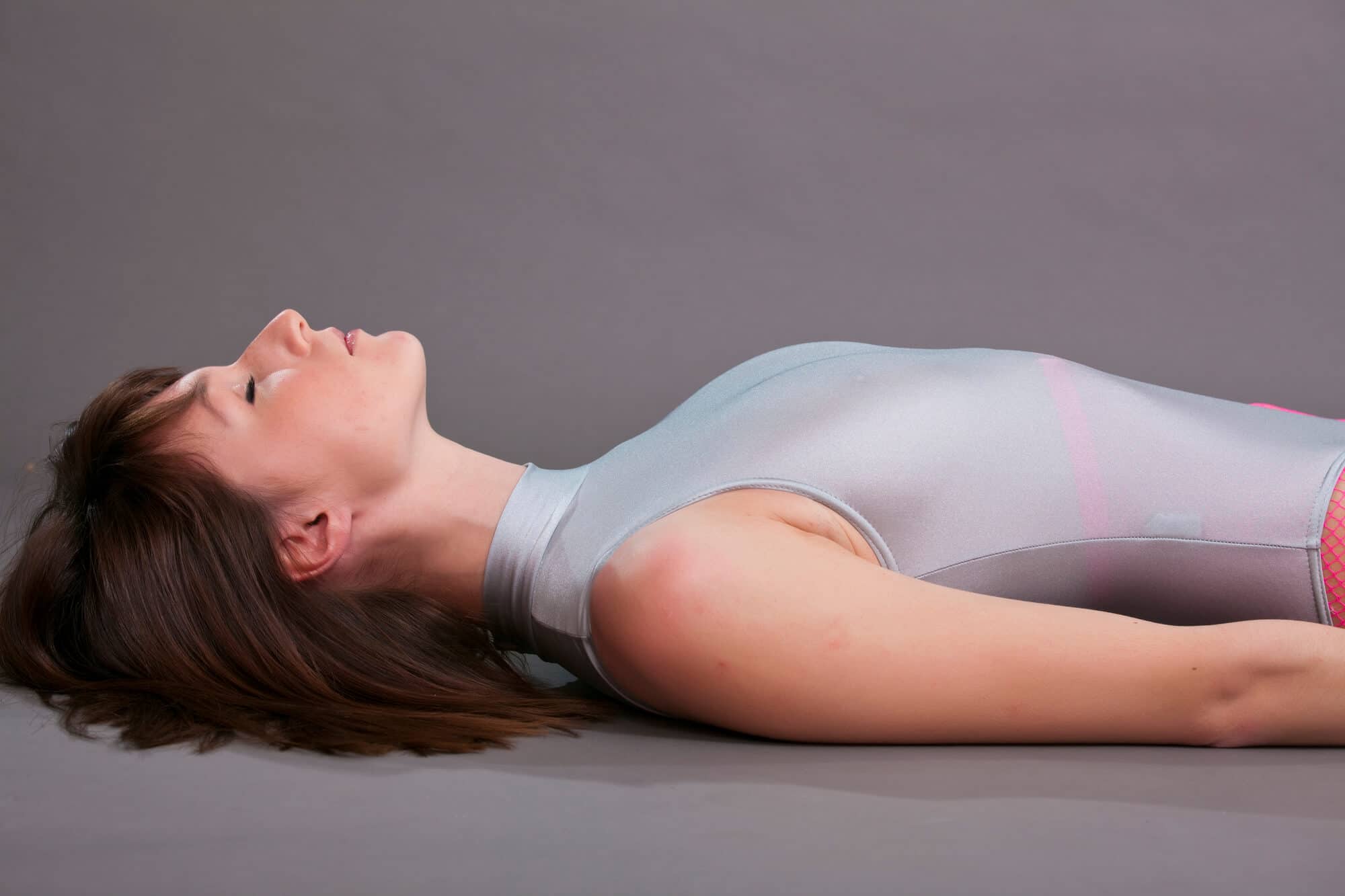Breathe In, Breathe Out: Stress Management Breathing Techniques
This entry was posted on December 11, 2020.

Breathing is an involuntary action that our body makes. It is so natural for us to breathe that anytime we do not feel well, our breathing will be the first of the things affected.
Anxiety continues to bother a lot of people and if left unmanaged, it can interrupt daily normal activities. When people are anxious, they breathe from their chest and make rapid breaths.
According to Verywell mind, This adds more to anxiety and can trigger panic attacks. Proper breathing exercises are a great way to manage and reduce stress and anxiety.
It helps your body to slow down and redirects your mind to focus on breathing instead of the stressor. There are many deep breathing benefits that you can enjoy on a regular basis.
Doing breathing exercises does not need any lung exercise equipment. Just make sure to choose a comfortable place to start your breathing exercise.
You can do it on your bed, your floor, or in a chair. You can start with two to five minutes of breathing exercises a day. You can set a schedule or you can do it anytime you feel the need to.
Breathwork Techniques: Breathing Exercises For Stress and Anxiety
The best and effective way to check your breathing is by placing one hand on your abdomen and the other hand in your chest. Breathe in and out and observe which part raises the most.
Proper breathing is when your abdomen expands and contracts with every breath you make. When you start to make shallow, short breaths is a sure sign that you are feeling stressed and anxious.
There are a lot of proper breathing exercises that can help clear your mind and relax your body. You can begin with simple breathing techniques.
Here are some breathing exercises you can start with.
Belly Breathing Exercise
- Find a comfortable place where you can sit down or lie down on your back.
- Place one hand on your abdomen and the other on your chest.
- Breathe in through your nose and allow your breath to raise your belly. Your chest should not move.
- Breathe out through the mouth with pursed lips. Use your hand to push your belly all the way so that all the air you inhaled comes out.
- Repeat this breathing pattern about 5 to ten times. No need to rush your breathing. Take your time.
- Observe what you feel after this belly breathing exercise.
4-7-8 Breathing Exercise
- Begin this breathing exercise while you are sitting down or lying down.
- Put one hand on your belly and place the other hand on your chest. This is like a belly breathing exercise.
- Breathe in a deep breath and silently count up to four as you breathe in.
- Hold your breath for 7 seconds.
- Release the air for while counting up to 8. Make sure that your breath is all out by the time you reach 8.
- Do this exercise about five to seven times until you can feel that you feel better.
- Observe what you feel after this belly breathing exercise.
Roll Breathing Exercises
This is a great breathing exercise to help your lungs. You can learn to use your lungs fully by developing rhythm on your breathing.
- Begin this breathing exercise while you are sitting down or lying down.
- Place one hand on your abdomen and the other on your chest.
- Whenever you inhale during this exercise, fill your lung in a way that your belly grows bigger and your chest does not move.
- Breathe in through your nose and breath out through the mouth. Do this eight to ten times.
- After eight to ten reps, inhale and let it reach your chest. Breathe slowly.
- Exhale through your mouth and make a whooshing sound as you do so. Feel the tension leave your body as you exhale.
- Do this exercise for about three to five minutes.
- Observe what you feel after this belly breathing exercise.
Proper breathing exercises like these will help you to subdue anxiety breathing symptoms. You can experiment with many breathing exercises.
Doing these techniques is best for any time of the day. Some people will experience some discomfort in their first attempts. Take time to slow down and stop altogether if it makes you more anxious.
Controlling and practicing your breathing can help you lessen effects of stresses and anxiety. It can also help dispel any effects of frustration, anger or dissatisfaction.
As you continue to make proper breathing a part of your daily routine, you will find a better ability to be resilient.
Read more blogs about fitness and workout ideas here.
More From Fitness Expo
How To Beat The Perfect Balance Between Workout And Sleep
Exercising to Reduce Stress—Ensuring the Mind Body Spirit Continuum





